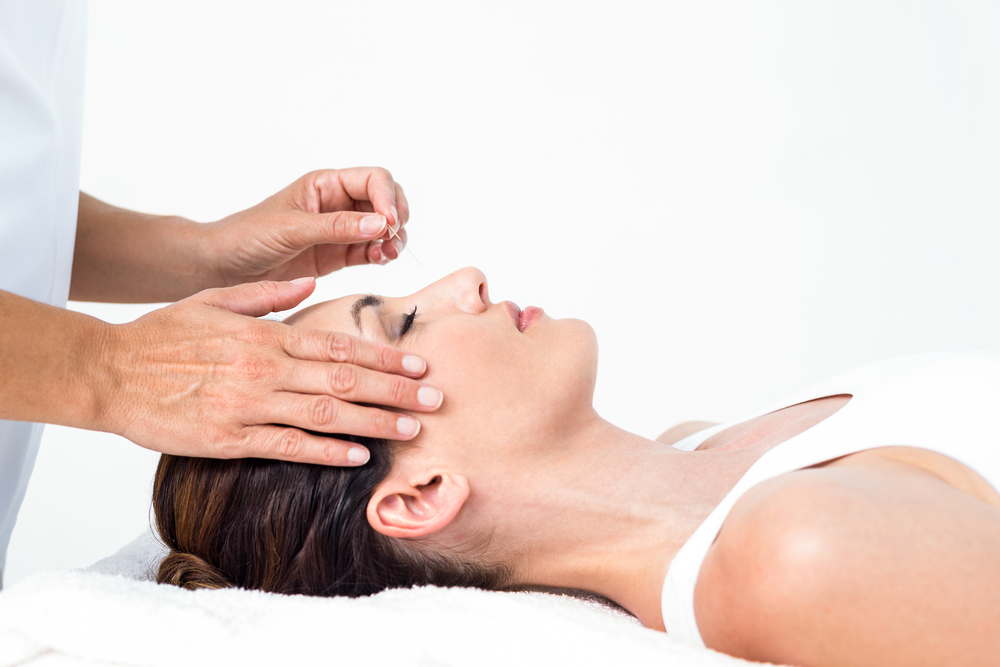 Acupuncture is a therapeutic modality developed in China over 5,000 years ago. It resorts to needles, moxas (sweet mugwort burning producing local heat) and other instruments to trigger the release of chemical substances from the body itself and thus promote the necessary treatment for the patient.
Acupuncture is a therapeutic modality developed in China over 5,000 years ago. It resorts to needles, moxas (sweet mugwort burning producing local heat) and other instruments to trigger the release of chemical substances from the body itself and thus promote the necessary treatment for the patient.
"In Brazil, the technique was introduced by the first immigrants of eastern origin (Chinese and Japanese) between the end of the 19th century and the beginning of the 20th century. For a long period, it was restricted to these colonies. But its practice gradually became widespread in Brazil, especially from the 70s onwards, due to the fact that it was introduced in renowned centers and by recognized medical professionals, mainly in the area of pain treatment", explains the acupuncturist and physiatrist of the Hospital 9 de Julho, Tamira Terao. In 1995, Acupuncture was recognized as a medical specialty by the Federal Council of Medicine.
According to the principles of Traditional Chinese Medicine, which underlie the practice of Acupuncture, for each problem presented by the patient there is a more plausible combination of points that must be stimulated to release substances that will help in the treatment.
"This combination will vary from individual to individual, within the context presented. That is so because Traditional Chinese Medicine is based not only on clinical symptoms (for example, back pain), but on the integration of several factors, including emotional issues, blood pulsation, tongue viscosity, etc.," explains Tamira. According to her, from this it is concluded that it is not the number of points covered that determines the effectiveness of the technique.
It is also very important to say that the needling technique is performed using sterilized, disposable needles and thinner than injection needles, which makes the procedure less painful.
According to Tamira, several pathologies and disorders presented by patients can be treated by acupuncture. "Some of the conditions for which Acupuncture has been shown to be effective are chronic musculoskeletal pain (such as low back pain, neck pain, joint pain caused by Arthrosis, among others), in addition to disorders such as Anxiety, Depression and Insomnia", says she.
To Tamira, the practice of Acupuncture should not be considered incompatible with allopathic treatments. "The medical society, aware of the benefits of the technique, has considered Acupuncture as a great tool to complement Western allopathic medicine. The best results of the technique come from this complementarity, either through a change in lifestyle (example: postural re-education for cases of low back pain) and by not neglecting the conventional procedures necessary for the treatment of certain diseases (example: correct use of antibiotics in case of an infection)", says she.

